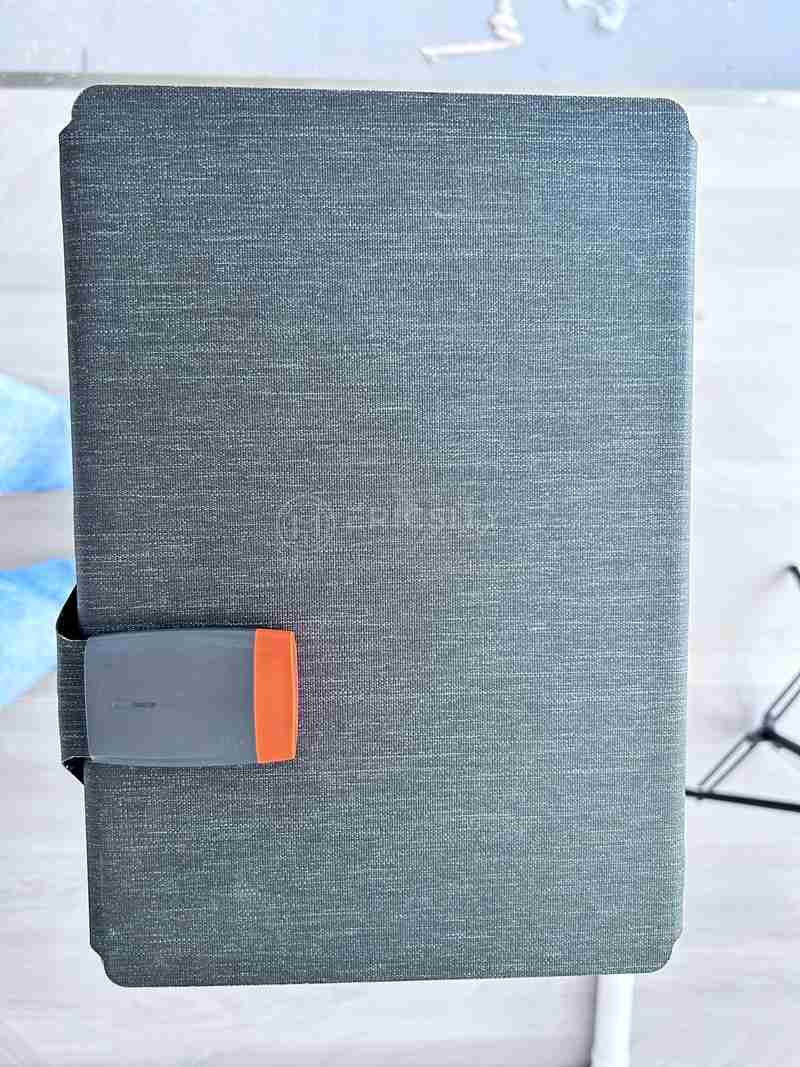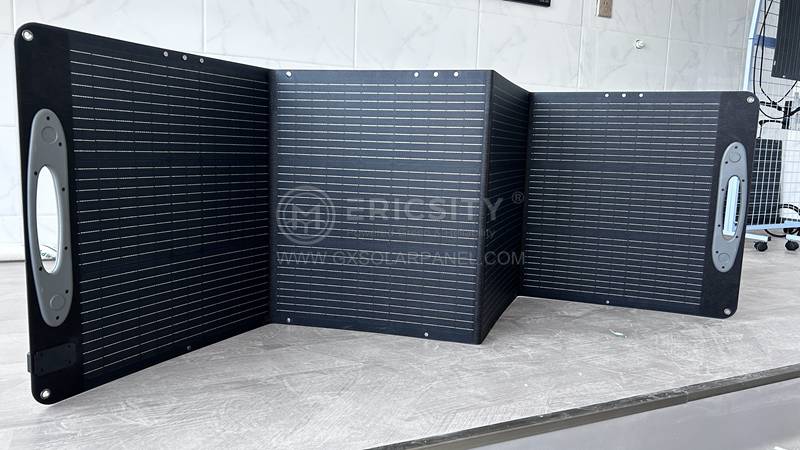HOT PRODUCT
Product Details
The Science Of Size: How Large Foldable Solar Panels Work
The Science Of Size: How Large Foldable Solar Panels Work
Solar energy is rapidly gaining popularity as a renewable and sustainable source of power. With advancements in technology, solar panels have become more efficient and affordable, making them accessible to a wider audience. One of the recent innovations that have emerged in the field of solar panels is the development of large foldable solar panels. These panels, as the name suggests, can be folded into a compact size for easy transportation and storage. In this article, we will explore the science behind how these large foldable solar panels work.
Traditional solar panels are typically rigid and made up of multiple interconnected photovoltaic (PV) cells. The PV cells contain semiconductor materials, like silicon, that produce electrical current when exposed to sunlight. When light particles, called photons, strike the surface of the PV cell, they transfer their energy to the electrons in the semiconductor material. This energy allows the electrons to move, generating an electric current.
Foldable solar panels follow a similar principle to traditional panels but are designed to be flexible and portable. These panels consist of thin and lightweight PV cells that can be bent and folded without damaging them. The key component that enables this flexibility is the use of advanced materials, such as thin-film solar cells or organic photovoltaic (OPV) cells.

Thin-film solar cells are made by depositing several extremely thin layers of semiconductor material onto a flexible substrate, like plastic or metal. This process allows for a high level of flexibility, making the cells bendable. Additionally, these thin-film solar cells are efficient in absorbing sunlight, even in low light conditions. However, they generally have lower conversion efficiencies compared to traditional PV cells.

On the other hand, organic photovoltaic (OPV) cells are made using organic semiconductors such as polymers or small molecules in a layered structure. OPV cells are known for their lightweight and high flexibility, making them ideal for foldable solar panels. While their efficiency levels are generally lower than traditional PV cells, OPV technology has seen significant improvements in recent years.
The large foldable solar panels incorporate these flexible solar cells into a foldable structure. They are designed to fold along specific lines, allowing the panels to be easily transported and stored in a compact form. The folding mechanism is often supported by hinges or flexible connectors that ensure the integrity of the electrical connections throughout the panels.
To generate electricity, the panels must be deployed and exposed to sunlight. When the panels are unfolded and positioned in a suitable location, the flexible PV cells absorb sunlight and produce an electrical current through the photovoltaic effect. This electric current is then converted from direct current (DC) to alternating current (AC) using an inverter. AC is the type of electricity used to power most household appliances.

The size of large foldable solar panels can vary depending on the desired application. They can range from small-scale portable panels used for camping or hiking to larger panels employed in remote locations or for emergency power supply. The advantage of foldable panels lies in their compactness, allowing for easier transportation, storage, and installation compared to traditional rigid solar panels.
Large foldable solar panels have become increasingly popular among solar enthusiasts, outdoor enthusiasts, and those looking for sustainable power solutions. They provide a convenient and efficient way to harness solar energy while addressing the challenges of portability and storage. As technology continues to advance, we can expect further improvements in the efficiency and flexibility of foldable solar panels, making renewable energy more accessible and adaptable for diverse applications.




